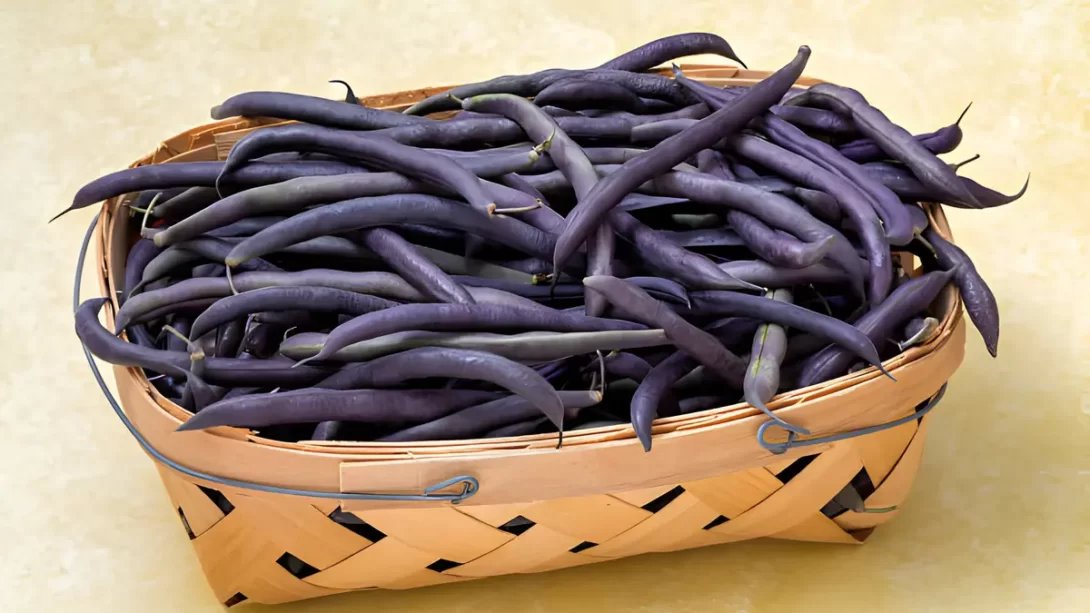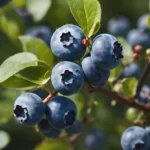Purple hull peas, a staple in Southern cuisine, are renowned for their rich flavor and nutritional benefits. These peas, a type of cowpea, are not only a source of plant-based protein but also rich in fiber and essential nutrients. Harvesting them at the right time is crucial for enjoying their unique, earthy flavor and tender texture. This guide will delve into the intricacies of growing and picking purple hull peas to help ensure a bountiful and tasty harvest.
Purple Hull Peas
Purple hull peas (Vigna unguiculata subsp. unguiculata) are a variety of cowpea, closely related to black-eyed peas but distinct in taste and appearance. They are named for their vibrant purple pods, which encase creamy, pale peas. Unlike some other legumes, purple hull peas have a relatively short growing period and are known for their ability to thrive in warmer climates, making them a popular choice in many summer gardens.
Ideal Growing Conditions for Purple Hull Peas
To grow successfully, purple hull peas require warm, well-drained soil and plenty of sunlight. They are typically planted in late spring, once the soil has warmed up, and thrive in temperatures between 65°F and 70°F. While they are somewhat drought-tolerant, consistent moisture, especially during the flowering and pod-forming stages, is important for a healthy yield. Adequate spacing between plants is also crucial to ensure good air circulation and reduce the risk of disease.
Signs of Maturity in Purple Hull Peas
Recognizing when purple hull peas are ready to harvest is key to capturing their best flavor and texture. The pods typically signal readiness when they change color from green to a deep purple hue. Size and texture are also indicators; mature pods are usually plump, with a slightly firm feel. Inside, the peas should be fully formed but not overly hard. If the peas rattle inside the pod, they may be too mature and can be tough or starchy.
Harvest Timing
The general timeline for harvesting purple hull peas varies depending on the local climate and planting time but usually falls within 60 to 90 days after planting. Harvesting can often be done in stages, as not all pods may mature simultaneously. The choice of when to pick also depends on personal preference and the intended use of the peas. For fresh eating, slightly younger peas are ideal for their tenderness, while more mature peas are better suited for drying and storage.
Harvesting Techniques
Harvesting purple hull peas requires a gentle touch to avoid damaging the plant and subsequent yields. It’s best to pick the pods by hand, using a gentle but firm grip to detach them from the vine. If the plant resists, use a pair of garden scissors to snip the pod off. Regular harvesting encourages the plant to produce more pods, extending the harvesting period. Collecting peas in the morning, when temperatures are cooler, can also help preserve their quality.
Post-Harvest Handling
Once harvested, purple hull peas require proper handling to maintain their quality. If they are to be eaten fresh or cooked soon, keep them in the refrigerator to preserve their freshness. For longer storage, blanching and freezing the peas is an effective method. Blanching involves briefly boiling the peas and then plunging them into ice water to halt the cooking process. This technique helps retain their color and flavor for several months when frozen.
Culinary Uses of Purple Hull Peas
Purple hull peas are a versatile ingredient in the kitchen. Freshly picked, they can be boiled and seasoned for a simple, hearty dish, or incorporated into salads, soups, and stews. In Southern cuisine, they’re often cooked with bits of ham or bacon to add richness. Dried purple hull peas can also be used in slow-cooked dishes, where they absorb flavors beautifully.
Challenges in Growing and Harvesting
Growing and harvesting purple hull peas can present challenges, such as pest infestations and plant diseases. Common pests include aphids and bean beetles, which can be managed through natural predators or organic pesticides. Diseases like root rot or powdery mildew are best prevented by proper plant spacing and avoiding overwatering. Staying vigilant and addressing issues early on is key to ensuring a healthy and abundant harvest.
Conclusion
Harvesting purple hull peas at the right time is crucial for enjoying their optimal taste and nutritional benefits. By understanding the signs of maturity and employing proper harvesting and post-harvest handling techniques, gardeners can enjoy a bountiful yield of these flavorful peas. Whether savored fresh or stored for later use, purple hull peas offer a delicious and nutritious addition to a variety of dishes, making them a worthy addition to any garden.



